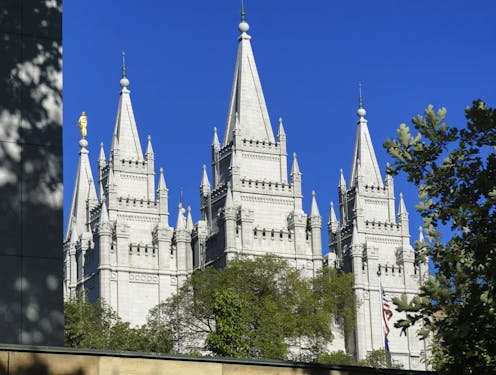
Lavina Fielding Anderson knew she was delivering a bombshell. Anderson, a dedicated Mormon who had previously edited the Church of Jesus Christ of Latter-day Saints’ magazines, was also a scholar, writer and feminist. And on this day in August 1992, she was giving a conference presentation detailing how Latter-day Saints authorities had repeatedly silenced dissenting congregants. She punctuated her remarks with the revelation that the church had created files on members who had publicly criticized the church – files a spokesman later acknowledged.
Thirteen months later, in September 1993, six intellectuals were either excommunicated or disfellowshipped from the faith, including Anderson. The episode around the “September Six,” as they were soon known, remains a controversial topic within LDS communities, especially since many of the underlying tensions remain in place today.
Many religious traditions face moments of crisis between intellectual freedom and control. That has been true for the LDS church ever since its early years, the focus of my forthcoming book – but September 1993, 30 years ago this month, is one of the more poignant moments. Understanding the episode and its aftermath reveals cultural fissures that one of America’s largest homegrown religions still wrestles with today.
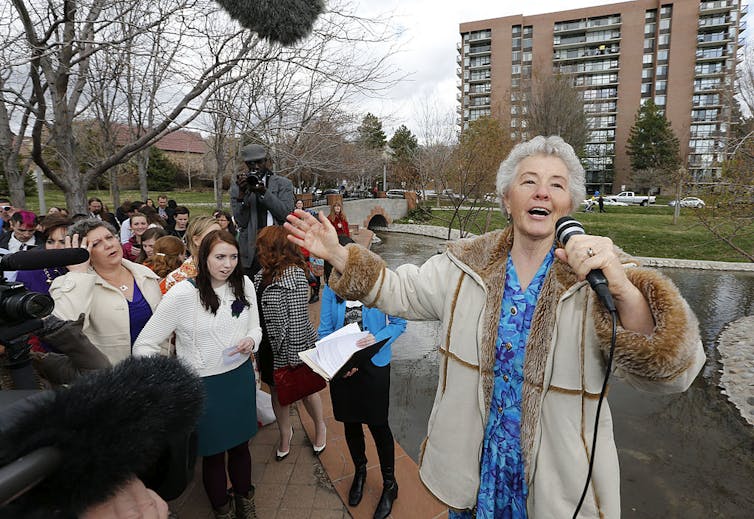
Confronting change
American Christians have faced difficult questions concerning faith, reason and authority throughout the 20th century. Incidents like the famous Scopes “monkey trial” about teaching evolution in schools illustrated believers’ struggles to reconcile biblical teachings with modern philosophy, modern science and social changes.
Mormons were no exception, and some worried the faith was losing its moorings. Questions about the church’s direction often centered around gender, as a growing number of LDS women sought to soften the church’s patriarchal practices and doctrines. Only men are allowed to hold the priesthood, for instance, and they can serve in more leadership positions than women.
A circle of moderate reformers in Boston during the 1970s founded a new magazine called Exponent II, dedicated to being both faithful and feminist. Later, more radical activists took further steps, like calling for women’s ordination.
LDS leaders increasingly saw these movements as threats to their authority and doctrine. The church had grown increasingly intertwined with the religious right side of the U.S. culture wars, defending what they defined as the “traditional” family: a working husband, a stay-at-home wife and children.
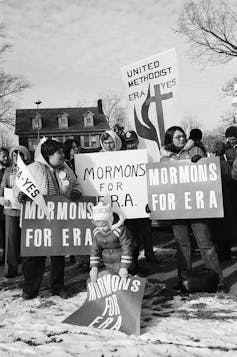
By the time Anderson delivered her address at the Sunstone symposium in Salt Lake City, the conflict’s stakes were clear. In 1989, one LDS apostle, Dallin H. Oaks, had urged Latter-day Saints not to listen to “alternative voices.” Two years later, top leaders issued a statement that denounced gatherings at which participants explicitly critiqued the faith.
But instead of dampening activism, the statements escalated reformers’ resolve. Feminist theologian Maxine Hanks published an explosive volume, “Women and Authority,” in 1992. It included chapters on issues such as the divine feminine, whom the church calls “Heavenly Mother,” but discourages members from investigating or worshiping. Anderson then published her paper on authorities’ efforts to rein in dissent a few months later.
Cutting off the six
Church leaders decided to take action. It was time to root out the three “major invasions,” apostle Boyd K. Packer declared in May 1993: “the gay-lesbian movement, the feminist movement” and “the so-called scholars or intellectuals.”
In total, at least six prominent intellectuals were disciplined that September, although the church denied that it was a coordinated purge. Anderson and Hanks were both excommunicated. So was lawyer Paul Toscano, who had criticized church leaders, as well as historian D. Michael Quinn. Lynne Whitesides, the president of an LDS feminist group, was disfellowshipped because of her writings on Heavenly Mother. The final target was Avraham Gileadi, a more conservative scholar whose biblical interpretations were deemed out of line.
The severing did not end there. Janice Allred, a feminist theologian, was cut off in 1995. Her sister Margaret Toscano, who was also Paul Toscano’s wife, was excommunicated in 2000. Several professors who were feminists or had criticized the church were denied tenure or were fired from Brigham Young University.
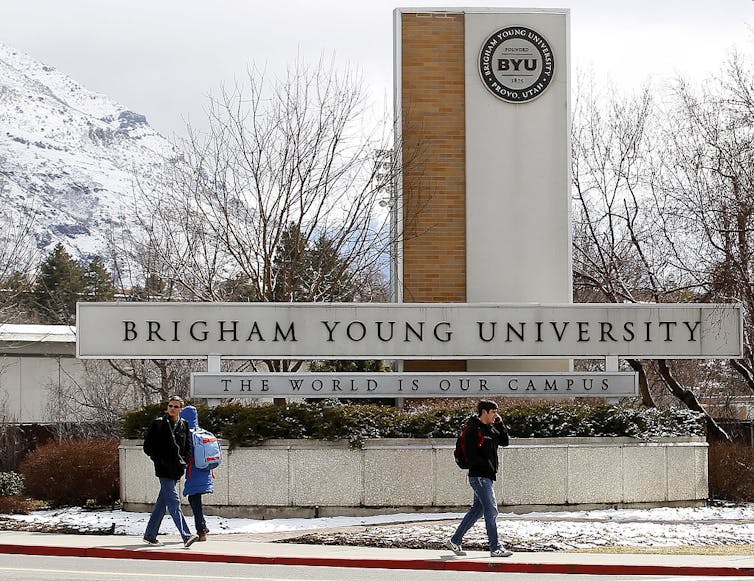
The disciplinary actions garnered national attention. Outside critics denounced them as an inquisition. The church has a policy of not commenting on disciplinary measures, but internal defenders welcomed what they deemed to be necessary, if tragic, actions.
Meanwhile, leaders solidified their doctrines on gender. In 1995, authorities issued a document titled “The Family: A Proclamation to the World,” which reaffirmed beliefs such as one that fathers should “preside” over families.
A new chapter
The “September Six” have taken divergent routes. Gileadi was quickly rebaptized, and Hanks rejoined the faith in 2012, though she never repudiated her feminism. Yet others never reentered the fold, even as several continued to affirm their belief in core doctrines.
The era had a chilling effect on the broader movement for gender reform. “Where have all the Mormon feminists gone?” the Salt Lake Tribune asked in 2003. Some observers spoke of a “lost generation” of young scholars who did not see a future within the faith.
Yet the internet resurrected these debates. Digital connections eased access to information outside official channels and provided a platform for unorthodox voices. In response, some recent church initiatives have attempted to bring more transparency to controversial issues about founder Joseph Smith’s life and church teachings.
There have been more recent examples of the church disciplining dissenting members, however. Activist Kate Kelly, who agitated for women’s ordination, was cut off in 2014. John Dehlin, a podcaster who cultivated a large following of Latter-day Saints who question fundamental church teachings, soon followed.
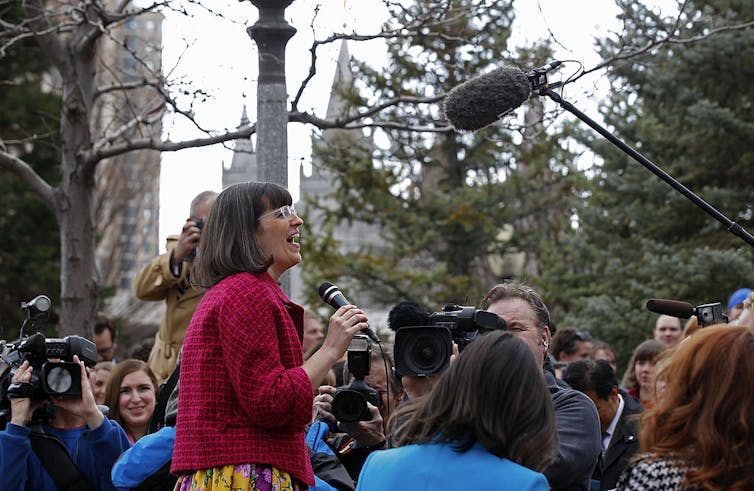
And the church remains firm on culture war topics related to gender: not only homosexuality, but also issues related to Heavenly Mother. Church-owned universities have not renewed contracts for several faculty who have been outspoken on LGBTQ and feminist issues, and they now require a statement of ecclesiastical support from professors.
In an address to faculty at BYU in 2021, apostle Jeffery R. Holland quoted Apostle Oaks, encouraging more metaphorical “musket fire” in defense of LDS doctrine, particularly about marriage and families – language that many people criticized as dangerous. It is essential for the school to “stay in harmony with the Lord’s anointed, those whom He has designated to declare Church doctrine,” Holland said.
As in 1993, the time of the September Six, today the LDS church seems eager to make sure that intellectuals are loyal to approved doctrine, especially concerning gender and sexuality – issues that other religious groups must grapple with as well, from calls for women’s ordination in the Catholic Church to debate over LGBTQ student groups at an Orthodox Jewish university. Even if “purges” appear far-fetched today, the underlying tensions remain pressing.
Benjamin Park does not work for, consult, own shares in or receive funding from any company or organization that would benefit from this article, and has disclosed no relevant affiliations beyond their academic appointment.
This article was originally published on The Conversation. Read the original article.







